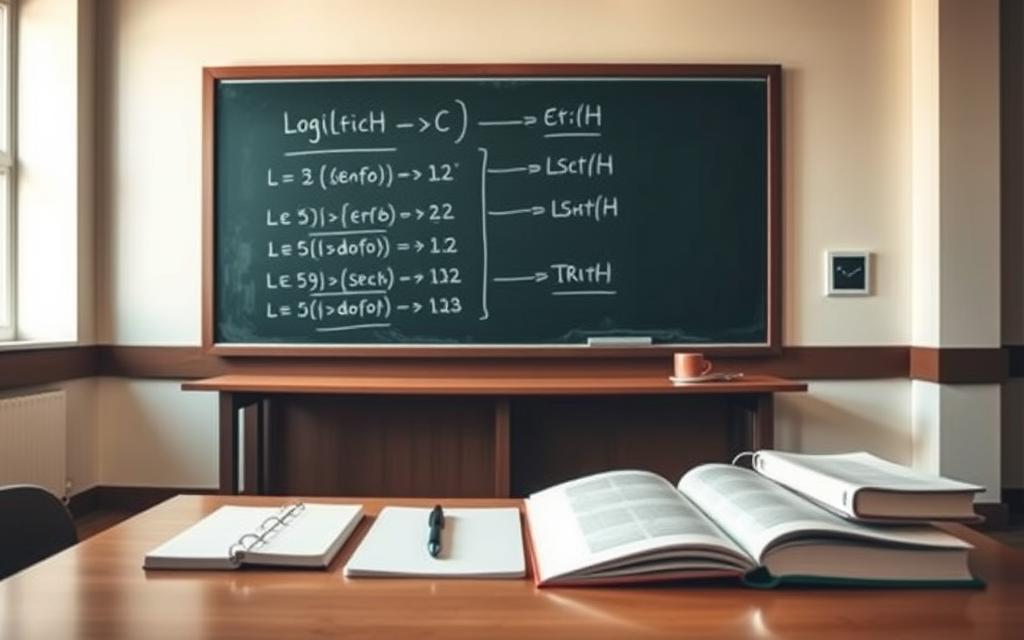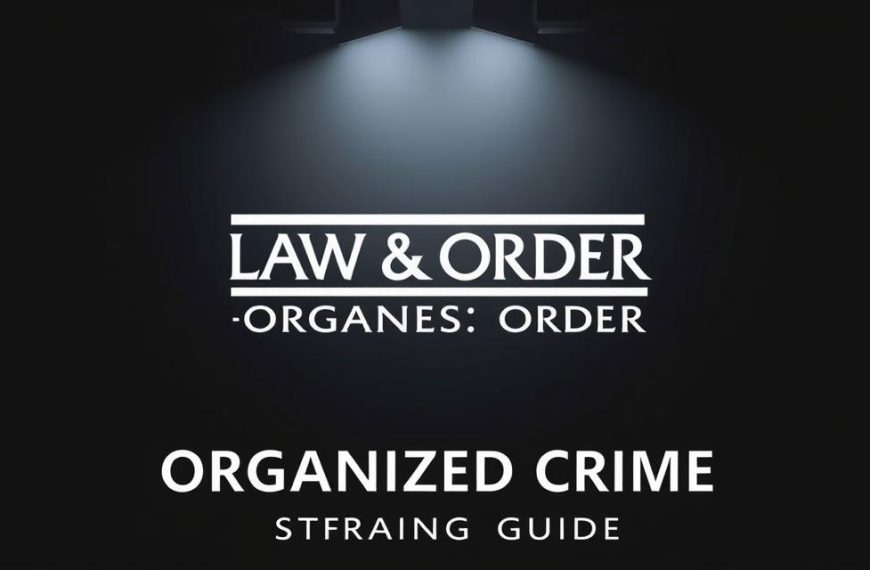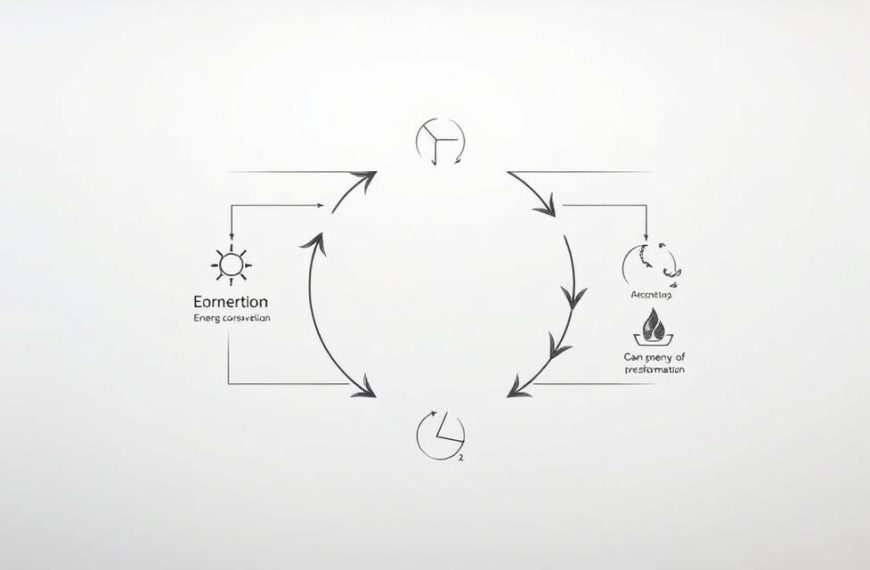Understanding how to simplify complex logical expressions is vital in mathematics and computer science. One principle that revolutionises this process involves transforming negations of compound statements into clearer forms. These rules, foundational to both set theory and propositional logic, reveal an elegant symmetry between conjunctions and disjunctions when paired with negation.
At its core, the concept states that negating a combined statement (like “A and B”) equates to separating the negated parts (“not A or not B”). This structural pattern applies universally, whether analysing sets or designing digital circuits. For instance, in probability calculations or verifying software algorithms, these principles offer a systematic way to rephrase problems for easier analysis.
Practitioners value these laws for their ability to bridge abstract theory and real-world applications. From simplifying mathematical proofs to optimising code in programming, the rules provide consistent frameworks for logical reasoning. Their influence extends to electronics, where circuit designers use them to minimise components and reduce errors.
This article explores how these laws unify diverse fields through their adaptable structure. We’ll examine their role in transforming complex statements, enhancing problem-solving efficiency across disciplines.
Understanding the Foundations of De Morgan’s Law
Nineteenth-century mathematicians laid the groundwork for today’s digital age. Among them, Augustus De Morgan and George Boole revolutionised how we approach logical statements. Their work created tools to analyse truth values systematically, forming the bedrock of modern computing.
From Philosophical Debates to Mathematical Rigour
Boole’s journey began in Lincolnshire, where his self-taught mastery led him to teach at 16. By 20, he ran his own school. His 1853 publication, “Laws of Thought”, formalised the connection between algebraic principles and logical negation. This text became essential for analysing compound statements.
Core Principles in Set Relationships
These laws operate through precise interactions between sets and their complements. Consider how they transform combined statements:
| Original Statement | Transformed Version | Set Theory Equivalent |
|---|---|---|
| ¬(A ∧ B) | ¬A ∨ ¬B | (A’ ∪ B’) |
| ¬(X ∨ Y) | ¬X ∧ ¬Y | (X’ ∩ Y’) |
This framework allows mathematicians to simplify complex text by redistributing negation across logical operators. It bridges abstract theory with practical applications in circuit design and probability analysis.
Boole’s appointment as Professor at Queens College Cork marked a turning point. His systematic approach provided the mathematical rigour needed to validate philosophical arguments about truth. Today, these principles underpin error-checking algorithms and database query optimisation.
Simplifying Logical Expressions with de morgan’s law
Breaking down intricate logical statements becomes straightforward when applying systematic rules. These principles enable users to rewrite expressions in simpler forms while preserving their original meaning.

Negation of Conjunctions and Disjunctions
The first principle transforms combined conditions. For example, “It is not sunny and warm” becomes “It is either not sunny or not warm”. This negation conjunction rule converts ¬(A ∧ B) to ¬A ∨ ¬B.
Similarly, the negation disjunction principle reverses group possibilities. The statement “You cannot enter without a ticket or membership” translates to “You need both a ticket and membership”. Mathematically, ¬(X ∨ Y) equals ¬X ∧ ¬Y.
| Original Statement | Transformed Version | Visual Representation |
|---|---|---|
| ¬(P ∧ Q) | ¬P ∨ ¬Q | Shaded intersection in Venn diagram |
| ¬(R ∨ S) | ¬R ∧ ¬S | Unshaded union areas |
Interpreting Venn Diagrams and Truth Tables
Venn diagrams make abstract rules tangible. The complement of two overlapping circles shows areas excluded by negation operations. For disjunction negation, only the space outside both circles remains shaded.
Truth tables provide mathematical verification. By listing all true/false combinations for variables, users confirm equivalences through matching output columns. This method proves particularly useful when handling multi-variable conjunctions or disjunctions.
Practical Applications in Computer Engineering
Modern electronics rely on principles that transform theoretical logic into physical circuits. At the heart of this process lies the ability to build complex systems from simple components, guided by foundational mathematical rules.
Constructing NAND and NOR Logic Gates
The NAND gate serves as a universal building block in computer engineering. Its truth table reveals an output of 0 only when both inputs are 1. Engineers use morgan laws to create other essential gates:
- A NOT gate forms by connecting identical inputs to a NAND
- AND functionality emerges by inverting NAND’s output
- OR gates require negation of both inputs first
| Gate Type | NAND Construction | Logical Equivalent |
|---|---|---|
| NOT | NAND(A,A) | ¬A |
| AND | ¬(NAND(A,B)) | A ∧ B |
| OR | NAND(¬A,¬B) | A ∨ B |
Real-World Examples in Digital Electronics
These principles power everyday technology. Microprocessors use morgan law transformations to minimise transistor counts. Memory circuits apply disjunction rules for efficient data storage.
Consider smartphone processors: their billion-transistor designs depend on optimised conjunction patterns. Engineers verify layouts using truth tables, ensuring each statement translates correctly into silicon pathways.
Digital signal processors showcase another application. By converting negation operations into NAND-based circuits, they achieve faster computation with fewer components. This approach directly stems from systematic application of computer logic principles.
Step-by-Step Guide to Building and Verifying Truth Tables
Mastering truth tables empowers learners to validate logical relationships with precision. This systematic approach converts abstract principles into tangible proofs, particularly when examining equivalences between complex statements.

Creating Truth Tables for Logical Statements
Begin by listing all possible truth values for individual variables. For two variables (p and q), four combinations exist: true/true, true/false, false/true, false/false. Construct columns for each component:
- Original variables (p, q)
- Negation columns (¬p, ¬q)
- Combined operations (e.g., p∧q)
- Final biconditional statement (↔)
| p | q | ¬p | ¬q | p∧q | ¬(p∧q) | ¬p∨¬q | ¬(p∧q)↔¬p∨¬q |
|---|---|---|---|---|---|---|---|
| T | T | F | F | T | F | F | T |
| T | F | F | T | F | T | T | T |
| F | T | T | F | F | T | T | T |
| F | F | T | T | F | T | T | T |
Validating De Morgan’s Laws Through Tautologies
A tautology occurs when the biconditional column shows only truth values. In the table above, the final column’s uniform ‘T’ confirms ¬(p∧q) ≡ ¬p∨¬q. This method provides mathematical certainty for morgan laws.
For multi-variable scenarios, expand the table to include all possible combinations. Engineers use this technique to verify circuit designs, while mathematicians apply it to simplify proofs involving sets and complements.
Conclusion
Logical frameworks that transform negations into accessible forms shape modern analytical thinking. These principles demonstrate how complex conjunctions and disjunctions become manageable through structured inversion. Their adaptability spans mathematics, programming, and electronics, proving indispensable for solving multi-layered problems.
When applied to multiple sets, the rules reveal scalable properties. The complement of an intersection across numerous groups equals the union of their individual complements. This generalisation aids in calculating probabilities and system capacities, particularly when using inclusion-exclusion principles for precise cardinality assessments.
Engineers and mathematicians alike rely on these laws to simplify circuit designs or verify algorithmic logic. Whether analysing statements through truth tables or optimising database queries, the core negation patterns remain consistent. This universality underscores their role as foundational tools in logical reasoning.
Mastering these concepts enhances problem-solving across disciplines. Learners seeking deeper insights will find expanded applications in advanced proofs and multi-variable scenarios. The principles’ enduring relevance invites continued exploration, bridging theoretical elegance with practical innovation.















